Making a change to one’s camera kit is always a good reason to go out to get some practice using it outside and indoors. I went out to Bird Kingdom in Niagara Falls Ontario a few days ago with my Nikon 1 V3 and CX 70-300mm f/4.5-5.6 lens to practice my hand-holding technique photographing birds using slower shutter speeds.
The term ‘slower’ is a relative term of course and to me it means anything less than 1/60 of a second when photographing birds or other animals hand-held.
Most of the birds at Bird Kingdom are free flying so it isn’t like a typical zoo environment. While some birds are more skittish than others, many of the individual birds are used to being around people and they will tolerate you getting close to them, within reason.
I knew from doing a review of the Nikon 1 V3 some time ago that the auto focus performance isn’t quite as snappy as that of my V2s in lower light conditions. I arrived at Bird Kingdom after 3PM on an overcast, Canadian winter day which ensured that the shooting conditions would be a bit challenging. I shot the image above at 4:25 PM in the afternoon. By this time of day the light was getting quite difficult but my V3 was still able to acquire focus, albeit with a fair amount of focus lag involved.
Photographing birds using slower shutter speeds is a great way to not only get to know your gear, but also test your hand-holding technique. Practicing your breathing and using a smooth shutter release are especially important. It is also a very good way to hone your observation skills, patience, and shot discipline.
Birds tend to have somewhat choppy movements and will often ‘freeze’ for a split second when adjusting their position on a perch or walking around. Watching individual birds closely is important when timing your shutter release.
Obviously if the bird is moving slightly when capturing their image at a slower shutter speed it will cause some motion blur in your photograph. I quite enjoy the challenge of trying to get reasonably sharp bird images at slower shutter speeds.
Some of the parrots at Bird Kingdom seem to be in perpetual motion so they don’t make ideal subjects for this type of photography practice. As you can see from the number of different species represented in this article many of the birds do have split-second pauses in their movements and thus can be photographed using slower shutter speeds. Other than the image above, I was able to keep my ISO to a maximum of ISO-3200 during my recent visit.
Staying simultaneously aware of pauses in a bird’s motion as well as your own hand-holding technique can increase the number of keepers you can get from this type of practice exercise.
I used the ‘normal’ VR setting and found that the CX 70-300mm f/4.5-5.6 worked quite well with my Nikon 1 V3. As expected, I did notice some focus lag in particularly dark conditions but I never had a situation where I simply could not take an image with my kit.
I wouldn’t necessarily try to photograph wild birds at shutter speeds under 1/60, but knowing that I can often get reasonable quality images at these speeds means that I don’t hesitate using somewhat slower shutter speeds (i.e. in the 1/80 to 1/160 range) than many folks would probably use when photographing wild subjects. This helps to extend the shooting potential of my Nikon 1 gear. Given the lighting at Bird Kingdom during my visit, if I would have used a more typical shutter speed of 1/250 to 1/400 for these bird images I simply would not have been able to get a decent exposure for some of them as they would have been underexposed to a fair degree, even at ISO-3200.
This type of photography practice does help to increase powers of observation, which can be helpful when learning to anticipate when a wild bird may take flight, drop from the sky to fish, or come in for a landing.
Bird Kingdom does have a few other species on display which provide additional image opportunities. I’ve photographed the Green Iguana above a number of times in the past but usually at a faster shutter speed. Using 1/30 for the image above allowed me to shoot at ISO-220 and use more of the dynamic range and colour depth available with the V3’s small CX sensor. This is another potential benefit that can come from practicing slower shutter speed hand-held photography.
I often attempt to take photographs of the Egyptian Fruit Bats during a visit to Bird Kingdom. While I didn’t purposely try to shoot at very slow shutter speeds (i.e. less than 1/15) I did capture the image above hand-held at 1/10 of a second. My slowest shutter speed for birds was 1/13 and I did get some useable images at that speed.
If you’ve never done this kind of practice photography before I’d encourage you to give it a try. As I mentioned earlier, it is a great way to learn more about the capability of your camera gear, assess your hand-holding technique, extend the shooting potential of your gear, as well as increase your powers of observation, patience and shot discipline. Most importantly is can simply be a ton of fun to challenge yourself!
All images in this article were captured hand-held in available light using a Nikon 1 V3 and 1 Nikon CX 70-300mm f/4.5-5.6 zoom lens (equivalent field of view 189-810mm). In all cases the photographs were produced from RAW files using my standard process of OpticsPro 11, CS6 and Nik Suite.
Article and all images are Copyright 2017 Thomas Stirr, all rights reserved. No use, adaptation or reproduction including electronic or digital is allowed without written permission. Photography Life is the only approved user of this article and corresponding images. If you see this article reproduced anywhere else it is an unauthorized and illegal use. Posting comments on offending websites and calling out people who steal intellectual property is always appreciated!
The post Photographing Birds Using Slower Shutter Speeds appeared first on Photography Life.
from Photography Life https://photographylife.com/photographing-birds-using-slower-shutter-speeds
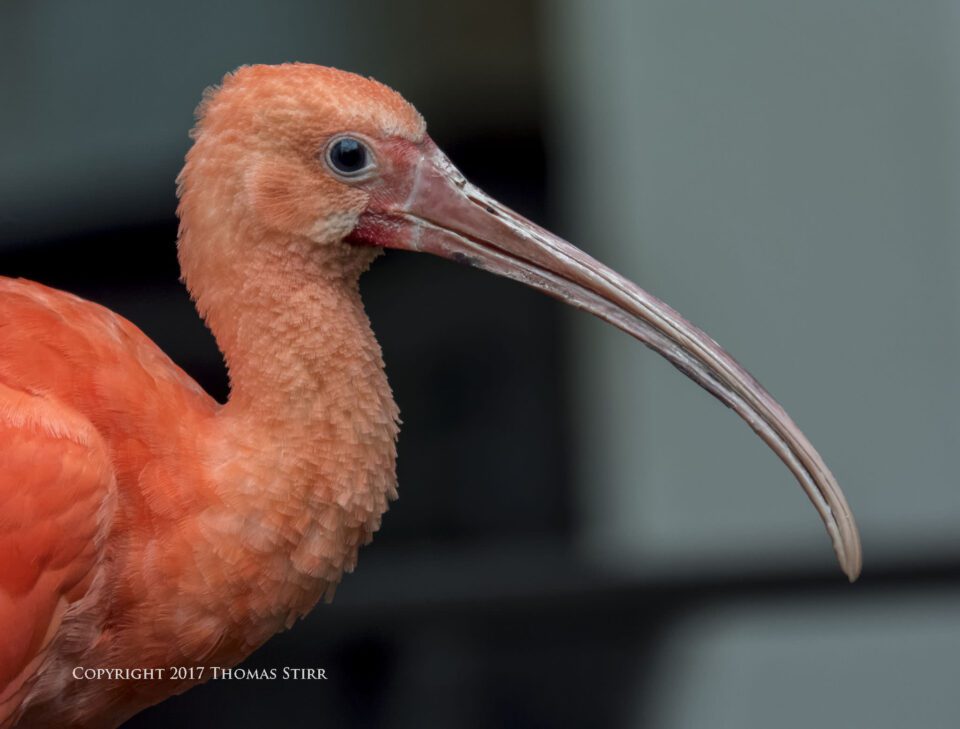
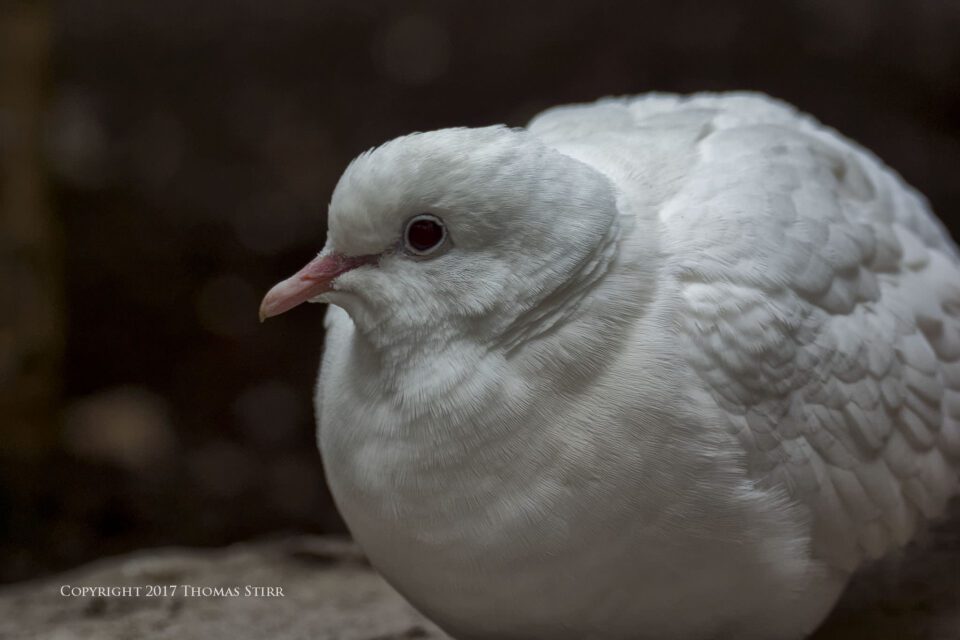


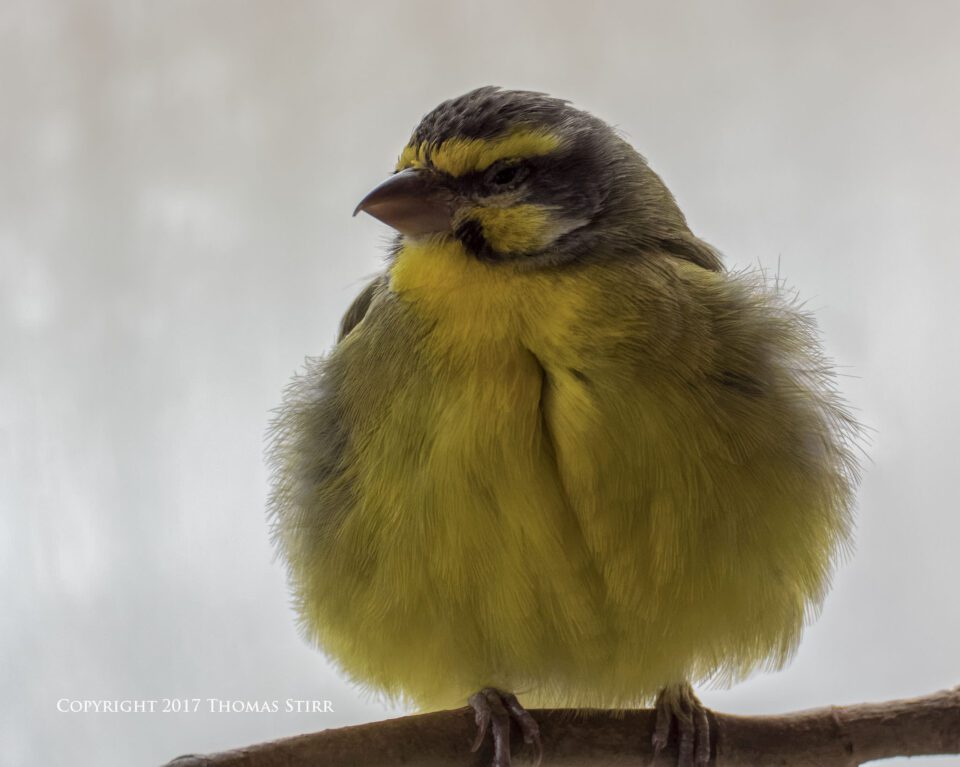
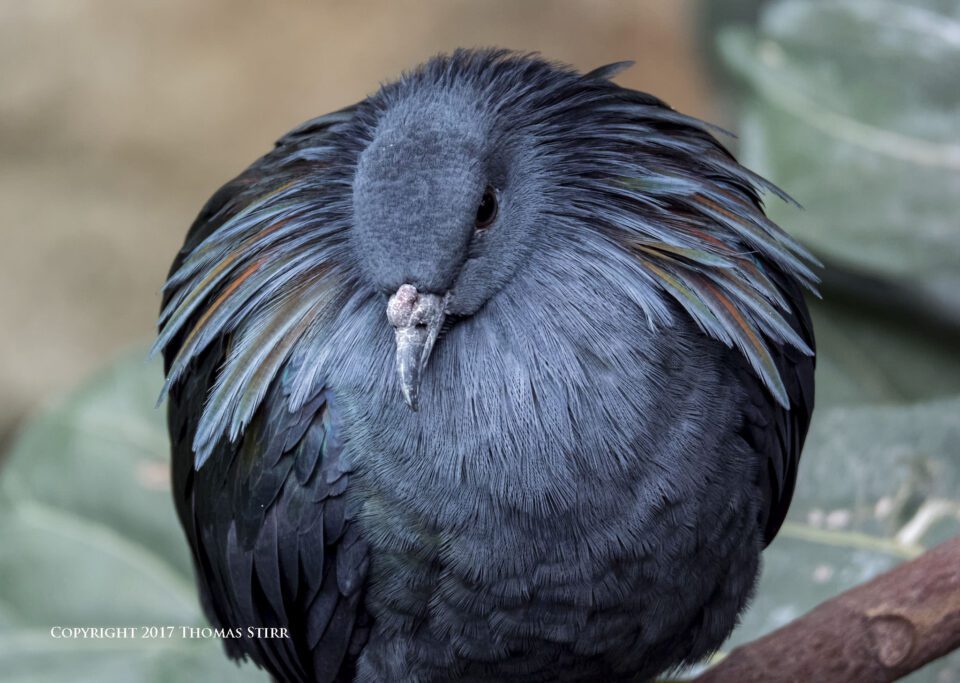
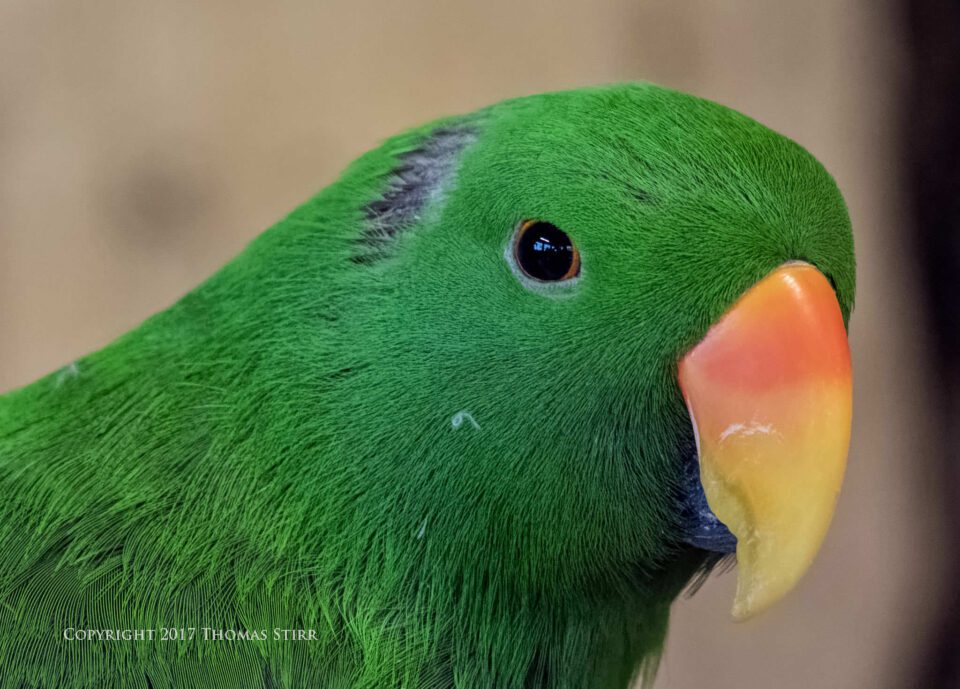

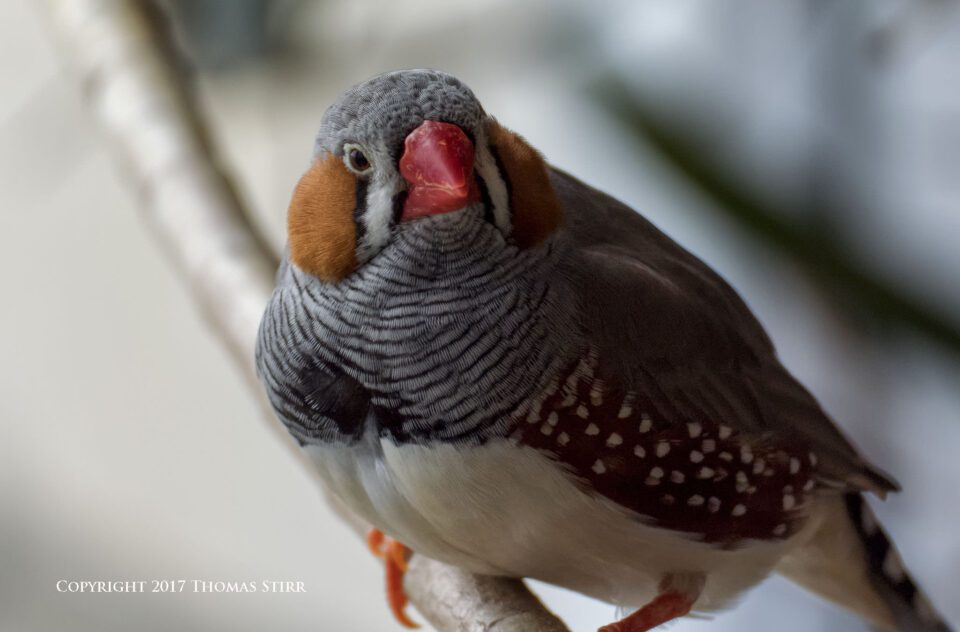

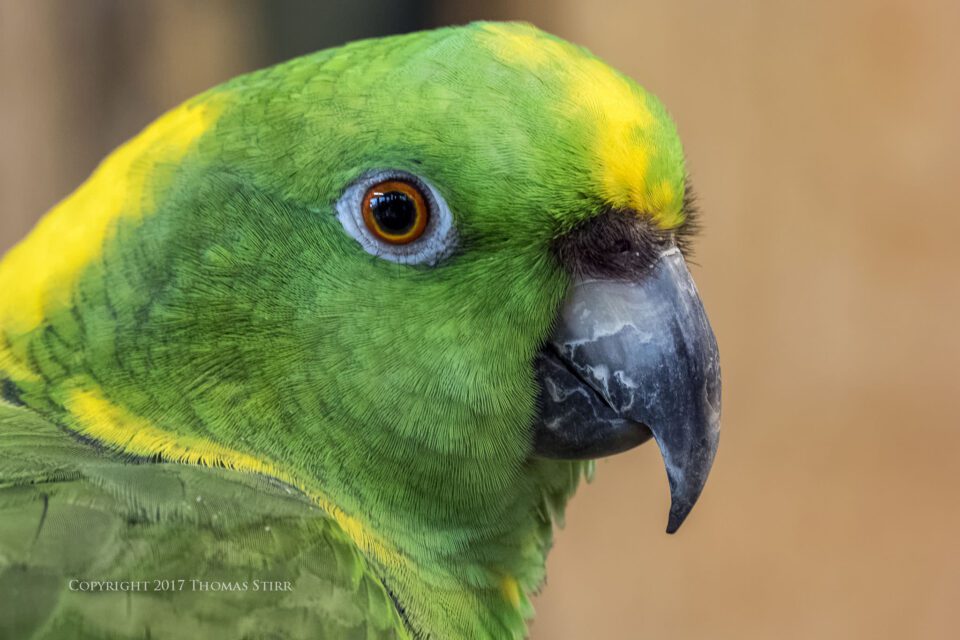


No comments:
Post a Comment